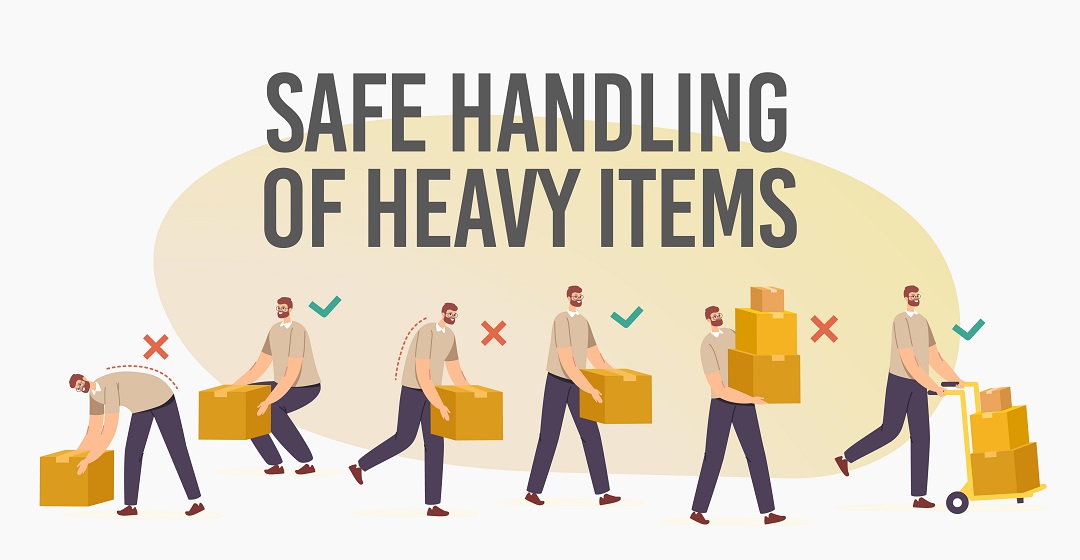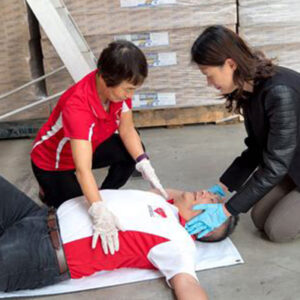Description
What legislation covers manual handling?
The Safety, Health and Welfare at Work, (General Applications) Regulations 2007, Chapter 4 of Part 2, outline the requirements that must be adhered to in relation to manual handling. The key requirements include:
- Carrying out a manual handling risk assessment of existing manual handling tasks before making an informed decision on what manual handling tasks need to be avoided or reduced.
- Organizing tasks to allow the use of mechanical or other means to avoid or reduce the need for the manual handling of loads by employees in the workplace. The hazards can be avoided or reduced through the introduction of appropriate organizational measures for example improved layout of a work area to reduce unnecessary long carrying distances; or the use of appropriate means, in particular, mechanical equipment
- Providing instruction and training to relevant staff.
Many of the problems that cause back pain are the result of injury and damage to a disc. Bending over results in pressure on the discs, and may also cause a disc to bulge backward towards the spine. Twisting and bending together put the greatest stress on the spine, especially on the discs, and are examples of work conditions that increase the risk of back injury. The picture below illustrates some examples of work conditions that involve risk:





